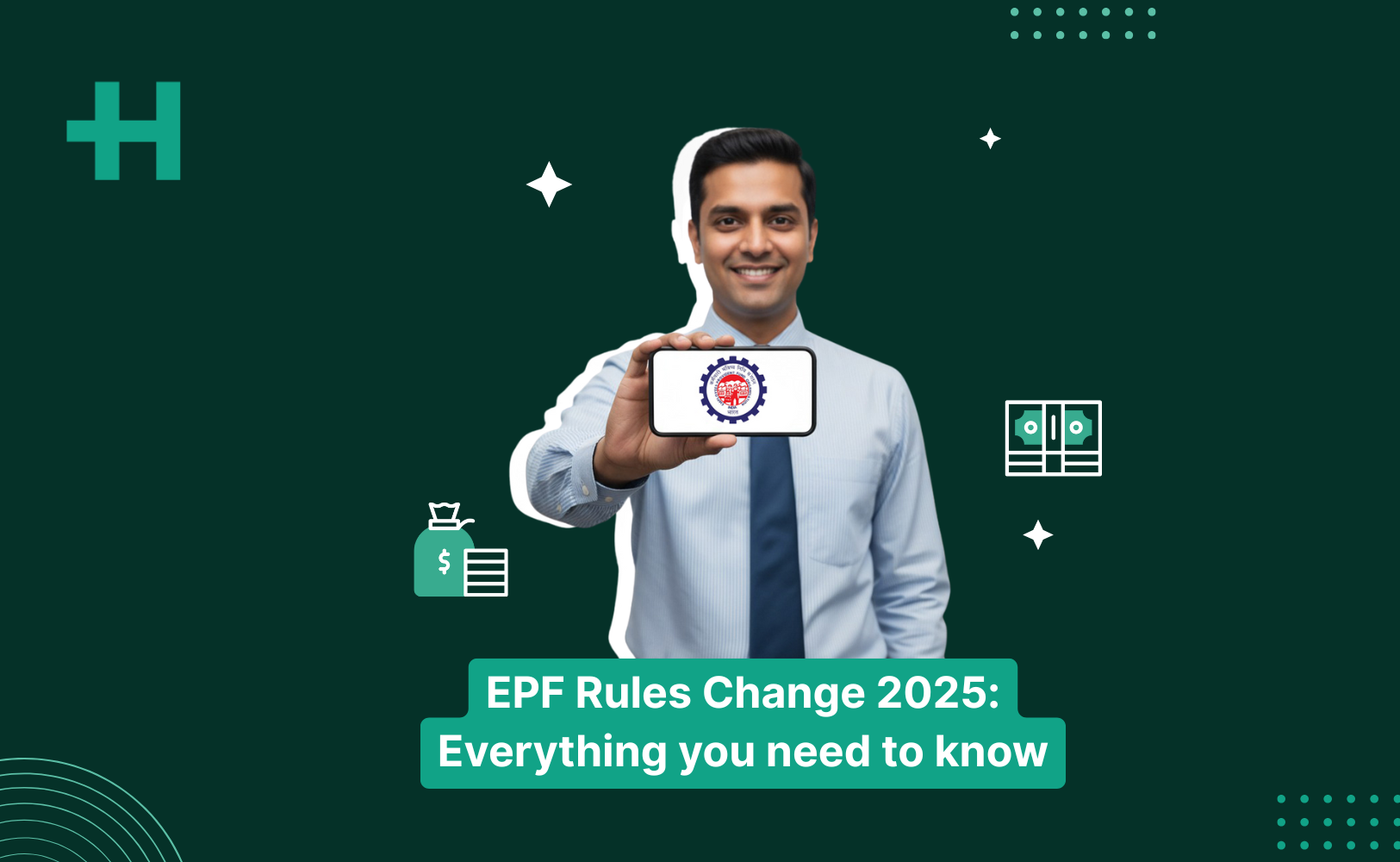Microinsurance is a type of insurance that provides coverage to low-income households and small businesses. It is designed to be affordable, accessible, and tailored to the needs and preferences of the target market, which often has limited financial literacy and informal income sources. These policies typically cover life, health, property, or weather-related risks. It aims to provide a safety net against unexpected events, such as illness, accidents, natural disasters, or death, and reduce the financial burden and vulnerability of the insured.
Microinsurance policies have low premiums, simplified products, flexible payment options, and non-traditional distribution channels. It has become an essential tool in providing financial protection to low-income households and small businesses. It provides a safety net against unexpected events, such as illness, accidents, natural disasters, or death. Such policies are designed to be affordable and accessible, with low premiums and simplified processes. In this blog, we will explain what microinsurance is, its benefits, challenges, and future prospects.
Table of Contents
Characteristics of Microinsurance
- Low premiums: Microinsurance policies have lower premiums than traditional insurance policies, reflecting the lower income and risk profile of the insured.
- Simplified products: Microinsurance policies are designed to be simple and easy to understand, with limited exclusions and conditions.
- Flexible payment options: Microinsurance policies offer flexible payment options, such as daily, weekly, or monthly, to align with the cash flow of the insured.
- Non-traditional distribution channels: Microinsurance policies are often sold through non-traditional channels, such as mobile phones, community organizations, or microfinance institutions.
Advantages of Microinsurance
Microinsurance has several advantages that make it a valuable tool for providing financial protection to low-income households and small businesses. Group health insurance is a type of insurance policy that provides coverage to a group of individuals, typically employees of a company or members of an organization, while microinsurance is a form of insurance designed to provide coverage to low-income individuals or those with limited access to traditional insurance products.
Both group health insurance and microinsurance aim to provide financial protection and access to healthcare services, albeit to different target populations.

Here are five advantages of microinsurance:
- Financial Protection: Microinsurance provides a safety net against unexpected events, such as illness, accidents, natural disasters, or death. It reduces the financial burden and vulnerability of the insured by providing coverage for the risks they face.
- Affordable: Microinsurance policies are designed to be affordable, with lower premiums than traditional insurance policies. This reflects the lower income and risk profile of the insured. As a result, microinsurance is accessible to low-income households and small businesses that may not have access to traditional insurance products.
- Tailored Products: Microinsurance policies are designed to be tailored to the needs and preferences of the target market. They are simple and easy to understand, with limited exclusions and conditions. This makes it easier for the insured to understand the benefits of the policy and to make informed decisions about the coverage they need.
- Flexible Payment Options: Microinsurance policies offer flexible payment options, such as daily, weekly, or monthly, to align with the cash flow of the insured. This makes it easier for the insured to budget for the premium payments and to make regular payments that fit their income streams.
- Non-Traditional Distribution Channels: Microinsurance policies are often sold through non-traditional channels, such as mobile phones, community organizations, or microfinance institutions. This makes it more accessible and convenient for the insured to purchase and manage their policies. It also creates opportunities for partnerships between insurers and other organizations to reach a wider customer base.
Examples of Microinsurance Products
Microinsurance products can take many forms, depending on the needs and preferences of the target market. Some examples of microinsurance products are:
- Life microinsurance: Provides a lump sum payment to the beneficiaries in case of the insured’s death, often combined with funeral expenses coverage.
- Health microinsurance: Covers the medical expenses of the insured and his/her family, including outpatient and inpatient care, maternity, and dental services.
- Property microinsurance: Covers the damage or loss of the insured’s property due to fire, theft, or natural disasters.
- Weather microinsurance: Covers the loss of income of the insured due to adverse weather conditions, such as drought, flood, or excessive rain.
Microinsurance Delivery Methods
Microinsurance delivery methods refer to the different ways in which microinsurance products are sold and distributed to the target market. These policies are often sold through non-traditional channels, such as mobile phones, community organizations, or microfinance institutions, to make them more accessible and affordable to low-income households and small businesses. Here are some of the microinsurance delivery methods:
- Microfinance institutions (MFIs): MFIs are organizations that provide financial services, such as credit, savings, and insurance, to low-income households and small businesses. They often have an established relationship with their clients and are trusted by the community. Microinsurance policies can be sold through MFIs, either as a standalone product or bundled with other financial services.
- Mobile network operators (MNOs): MNOs are companies that provide mobile phone services, such as voice, SMS, and data, to their customers. They have a vast reach and can leverage their existing infrastructure to sell microinsurance policies through mobile phones. Customers can pay their premiums, file claims, and receive payouts through their mobile phones, making the process convenient and accessible.
- Retailers: Retailers, such as supermarkets, pharmacies, or convenience stores, can sell microinsurance policies as part of their product offerings. This approach allows insurers to reach a large number of customers who may not have access to traditional insurance products. Customers can purchase microinsurance policies along with their groceries or medications, making it a convenient and seamless process.
- Community-based organizations (CBOs): CBOs are local groups that serve a specific community or population, such as women, farmers, or fishermen. They have a deep understanding of the needs and preferences of their members and can help promote microinsurance policies that are tailored to their specific risks and circumstances. CBOs can also help with claims processing and customer support, enhancing the trust and satisfaction of their members.
- Online platforms: Online platforms, such as websites or mobile apps, can sell microinsurance policies to customers who prefer digital channels. Online platforms can provide personalized recommendations, transparent pricing, and convenient payment options, making it easy for customers to compare and purchase microinsurance policies. Online platforms can also use digital technologies, such as artificial intelligence or blockchain, to streamline the underwriting and claims process, reducing administrative costs and improving efficiency.
🏥 Insurance
👀 Dental and Vision
💪 Gym memberships
🩺 Health checkups
📞 Doctor tele-consultations
TLDR
Microinsurance is a type of insurance designed for low-income households and small businesses, with low premiums, simplified products, flexible payment options, and non-traditional distribution channels. It provides coverage for life, health, property, and weather-related risks to provide a safety net against unexpected events and reduce financial vulnerability. its delivery methods include microfinance institutions, mobile network operators, retailers, community-based organizations, and online platforms. Microinsurance has become an essential tool in providing financial protection to the underserved population and has a bright future ahead.
Conclusion
Microinsurance is an innovative approach to providing financial protection to low-income households and small businesses that face numerous risks but have limited access to traditional insurance products. Microinsurance policies have unique characteristics, such as low premiums, simplified products, flexible payment options, and non-traditional distribution channels, that make them suitable for the target market. Examples of products include life, health, property, and weather-related risks. While it faces some challenges, such as limited awareness, regulatory barriers, and sustainability, its future prospects are promising.
FAQs
Who regulates microinsurance in India?
Microinsurance in India is regulated by the Insurance Regulatory and Development Authority of India (IRDAI), which is a statutory body that regulates and promotes the insurance industry in India. IRDAI sets the guidelines and standards for microinsurance products, pricing, distribution, and customer protection. IRDAI also monitors the performance and solvency of insurers and resolves disputes between insurers and policyholders.
How much investment is allowed in micro?
In India, the maximum investment allowed in microinsurance varies depending on the type of microinsurance product and the insurer’s guidelines. As per the regulations set by the Insurance Regulatory and Development Authority of India (IRDAI), microinsurance products are classified into two categories: pure risk cover and savings-cum-protection.
The maximum premium limits for pure risk cover microinsurance products range from INR 2,500 to INR 7,500 per annum, depending on the sum insured and the age of the insured. For savings-cum-protection microinsurance products, the maximum premium limits range from INR 5,000 to INR 30,000 per annum, depending on the policy term and the sum assured. However, the exact investment allowed may vary between different insurance companies and products.
Is microinsurance profitable?
Yes, microinsurance can be profitable for insurers if it is designed and managed well. Microinsurance policies have lower premiums and simpler products, but they can also have lower claims ratios and lower administrative costs. Insurers can leverage technology, such as mobile phones or online platforms, to reduce distribution costs and streamline underwriting and claims processing. Microinsurance can also help insurers tap into new markets, build brand awareness, and enhance customer loyalty



